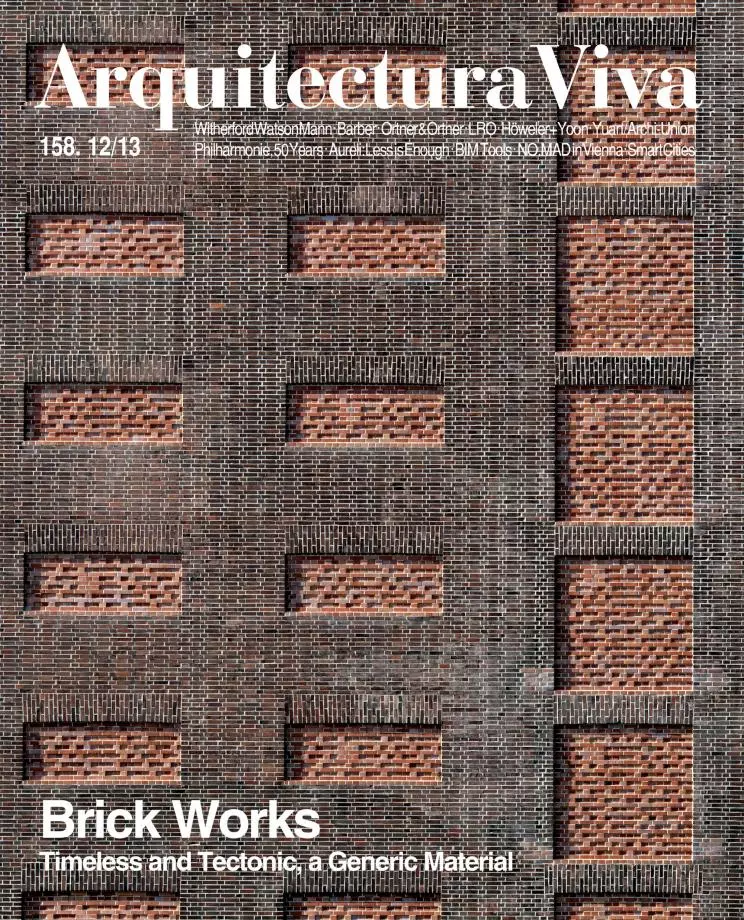Clinker Facades
Ecumenical Forum in Hamburg

In the olden days, when bricks were brought out of the kiln where they were baked, the pieces closest to the focus of heat – and therefore overbaked – were discarded on account of their dark burnt tone and their rough volcanic texture. At the start of the 20th century, however, it was discovered that these disposable pieces were endowed with special properties, and use began to be made of them in Central European countries, especially in Germany and the Netherlands. Because of the bright sharp metallic sound that pieces make when they are hit against each other, the new material was onomatopeiacally called klinker – from the German verb klingen, ‘to sound’ – and it was widely used in pavements and facades.
The virtues which we now attribute to clinker are the very defects that the material seemed to have had in the eyes of people before. Overheating gives the bricks a gray-brownish color while substantially enhancing their particular properties: the high temperature inside the oven activates a whole sintering process that effectively serves to eliminate sediments, making the bricks practically impermeable and improving them in density, in weight, and therefore also in thermal inertia.
Among the first architectural hubs of clinker use was the northern German city of Hamburg, where a large number of buildings are constructed in this material, presenting examples as significant as the works of Fritz Höger, the author, among other things, of the famous expressionist Chilehaus (1924).
The architecture of Höger, precisely, has been one of the sources of inspiration for the new Ecumenical Forum designed by Wandel Höfer Lorch Architekten, a building in the heart of Hamburg’s HafenCity that is home to a complex combination of profane and sacred uses. The facade reflects this hybrid nature of the program. On one hand, the openings present a simple rigorous pattern, On the other hand, the blind surfaces are warped here and there by means of a subtle bond of red clinker bricks that constitutes an updating of the city’s old tectonic tradition.





